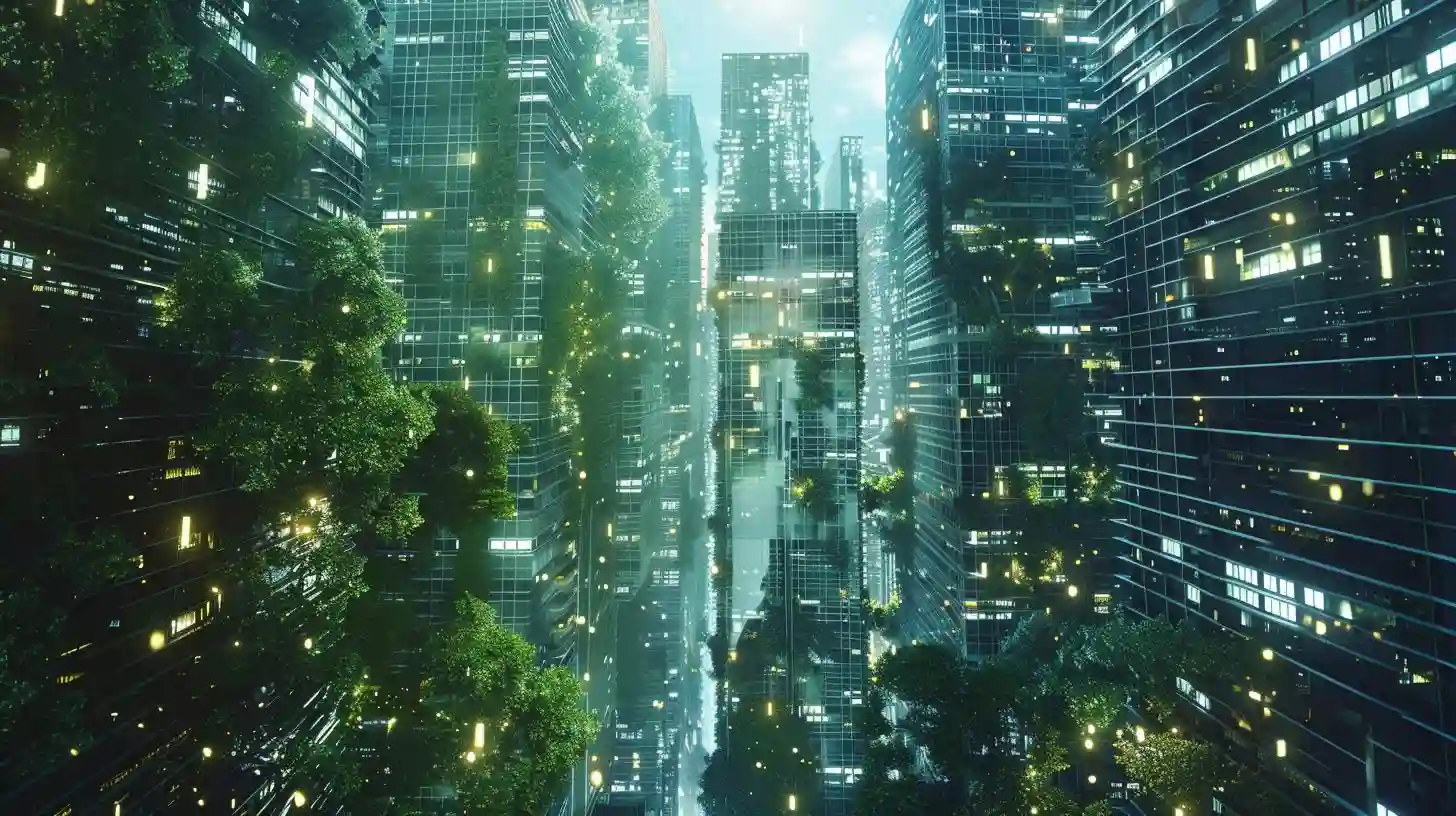
As the world continues to rapidly urbanize, the concept of the city of the future has become increasingly relevant. With advances in technology, changing environmental issues and changing social dynamics, the city of the future has enormous potential for innovation and sustainable development. In this essay, we explore the various aspects that will shape the city of the future and discuss the challenges and opportunities that lie ahead.
Urban design and infrastructure
One of the key aspects of the city of the future will be its urban design and infrastructure. With increasing population density and limited resources, cities will need to use space and services more efficiently and sustainably. This will require innovative approaches to urban planning, such as mixed-use developments, green spaces and public transport systems. In addition, smart technologies will play a critical role in managing traffic flows, energy consumption and waste management, leading to more holistic and sustainable urban environments.
Environmental sustainability
In the face of climate change and resource depletion, the city of the future will need to prioritize environmental sustainability. This will require incorporating renewable energy sources such as solar and wind power into city infrastructure, as well as implementing green building practices and reducing carbon emissions. Cities will also need to adapt to the impacts of climate change, such as rising sea levels and extreme weather events, by investing in resilient infrastructure and disaster preparedness.
Social inclusion and equality
Another important aspect of the city of the future will be its commitment to social inclusion and equality. As cities become more diverse and connected, they will have to address issues of inequality, discrimination and exclusion. This will require creating inclusive public spaces, affordable housing options, and access to health care and education for all residents. In addition, cities will need to promote social cohesion and cultural diversity, fostering a sense of community and belonging among their residents.
Technology and Innovation
Perhaps the most transformative aspect of the city of the future will be the role of technology and innovation. Advances in artificial intelligence, Internet of Things (IoT) and data analytics will revolutionize the management and operation of cities. Smart cities will use real-time data to optimize transportation systems, predict and prevent crime, and improve government services. Autonomous vehicles, drone delivery and virtual reality will also shape the way residents interact with urban environments, leading to more efficient and personalized experiences.
Challenges and opportunities
While the city of the future holds great promise for innovation and sustainability, it also faces a number of challenges. Rapid urbanization and population growth will put pressure on infrastructure and resources, leading to increased competition for space and services. Inequality and social exclusion could also worsen if cities fail to address issues of poverty, discrimination and marginalization. Additionally, the rapid pace of technological change can lead to concerns about privacy and data security and job losses.
However, these challenges also present opportunities for creative solutions and collaboration. By working together across sectors and disciplines, cities can use technology, innovation and community engagement to create more sustainable, inclusive and resilient urban environments. Investments in education, training and social programs can help bridge the digital divide and ensure all residents have the skills and resources to thrive in the city of the future.
As we look at the city of the future, it is clear that the challenges and opportunities ahead are enormous. By prioritizing urban design and infrastructure, environmental sustainability, social inclusion and equity, and technology and innovation, cities can create more livable, sustainable and vibrant urban environments. While the road ahead may not be easy, the potential for positive change and transformation is enormous. By working together and embracing new ideas and approaches, we can build the city of the future that is truly sustainable, inclusive and innovative.